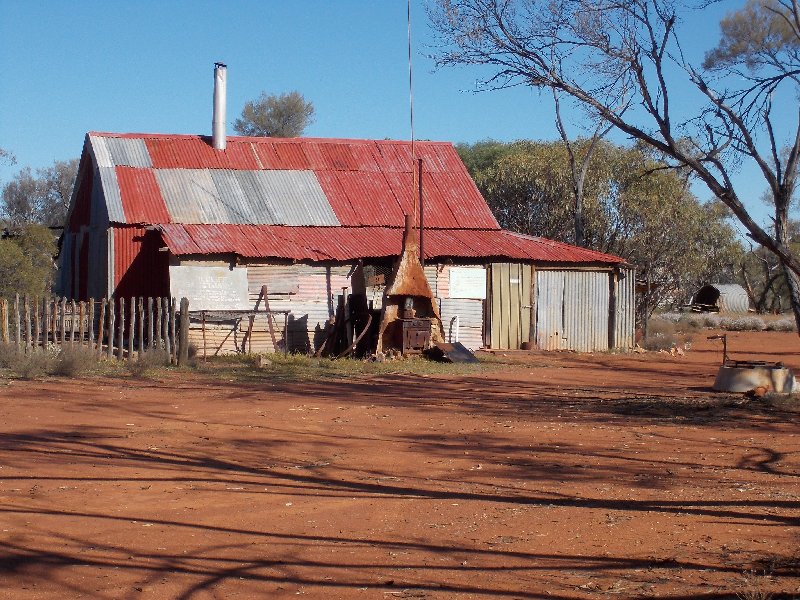|
This was the first park in W.A. that was created from the purchase of an existing pastoral lease.
The reserve is considered fairly small but as it sits in a transition zone between mallee woodlands to the south and spinifex desert to the north, it is regarded as an important area.
A study found that there were 20 different species of native animals living in the reserve. Bird life includes the rare striated grass wren, spotted bowerbird and princess parrot.
At least 118 species of bird have been seen in the area.
The reserve is dotted with rock holes and caves and a number of Aboriginal artefacts have been found.
In 1920, John Joseph Currie leased land to start a pastoral station and in 1940 his son-in-law, Tom Moriarty took over. Moriarty seems to have been more interested in
prospecting and bird watching and only lightly stocked the property with sheep.
In fact it seems that it was Tom's interest in the local bird life that led to the station being purchased by the then, Department of Fisheries and Fauna. Tom did not want the
station to be amalgamated into neighbouring properties and arranged for it to be sold to the government department in 1971.
The reserve still contains the original farm buildings as well as a number of relics including an old car known as 'The Goanna'.
With a resurgence of mining in the area has come an increased number of visitors to the reserve despite its fairly remote location in the north eastern goldfields.
Best time to visit:
|
Jan
|
Feb
|
Mar
|
Apr
|
May
|
Jun
|
Jul
|
Aug
|
Sep
|
Oct
|
Nov
|
Dec
|
NPW Website for more information
|







